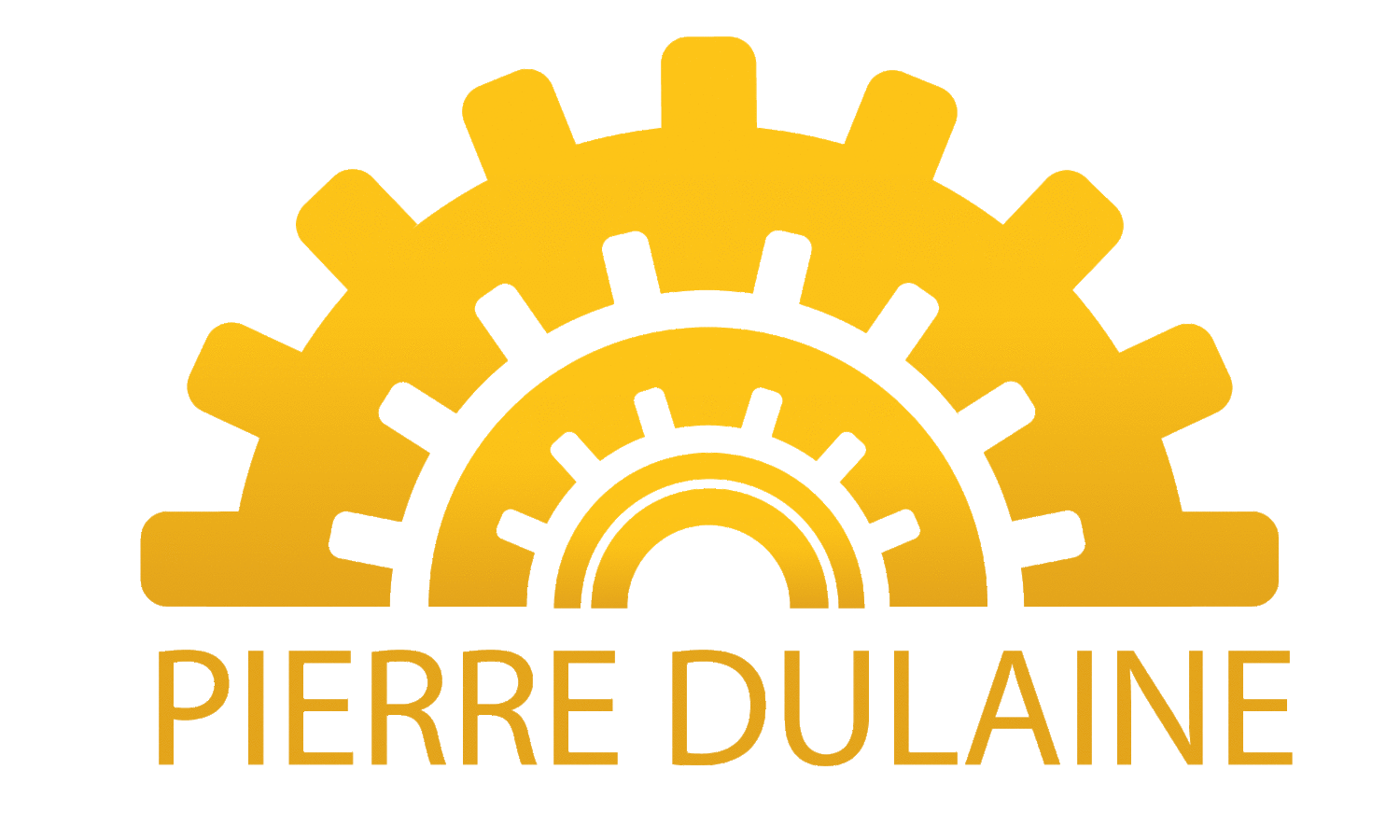THE DULAINE METHOD
RESPECT & COMPASSION
Respect and compassion are the foundational elements of the Dulaine Method. Unfortunately, very few adults know how to genuinely treat children with respect. And even fewer adults seem to remember what it was like being a child.
BEING PRESENT
Probably the most difficult skill for any teacher to learn is the ability to be completely in the moment when they are teaching. Children in particular are extremely aware of when an adult in charge (parent, teacher, coach) is not really there; and when a child senses that distance, woe be unto that adult.
CREATING A SAFE PLACE
Asking children to take the extraordinary risk of embarrassing themselves in front of their peers is precisely what Dancing Classrooms does. It is a place in which everyone is equal: the students, the Teaching Artist, and the elementary school staff that are participating. In modern jargon we call this creating a therapeutic milieu, an environment so different from these children’s normal daily environment that simply being in that room and being a part of that collective group experience changes that child.
COMMAND AND CONTROL
Clearly if one is to move 25/30 children through 45 minute classes and have them successfully learn the dances, you need order and discipline. One needs to be in command of the class from the start until the children leave the room. When teachers are being taught how to work with children their training is invariably focused on individual child development. Rarely, if ever, are student teachers taught about Group dynamics and how to manage a group of children. An innate understanding of how to use the Group to help the individual is the glue that holds the class together. The ability to remain in absolute control of the Group while nurturing the children is the greatest skill to have.
LANGUAGE: BODY AND VERBAL
Language, both body and verbal, are the great connectors of Dancing Classrooms. The teacher’s entire physical affect should be one of openness, warmth, and genuine affection for the children. The verbal repertoire should be a consistent barrage of positive comments. The children simply cannot resist such a combined force.
HUMOR AND JOY
Last, but by no means least, humor and joy must be brought to the teaching experience. Humor is perhaps the most difficult, yet a powerful teaching tool for a teacher to master. Gentle humor can help a shy child become less self-conscious; humor with that same child handled poorly can make him/her retreat and never come back out. One’s inner child must be allowed to emerge when teaching. When being playful and present, the children can sense the teacher is just plain happy to be with them.
Being in such a safe place, where the boundaries are clear, the teacher is fully present, where respect and compassion reign – these are the elements that bring joy into the lives of the Dancing Classrooms children.
Yvonne Marceau, Pierre's Dancing Partner of 37 Years, on Pierre and The Dulaine Method
“It is a psychological endeavor more than a physical one. He knows exactly where he’s going and is adaptable in his means to get there, but there’s no escaping getting there.”
“The process is logical. Each step is built on the previous one, so there’s no randomness to it (this generally doesn’t exist too much in ballroom except for the chain schools——Pierre learned a lot from the Arthur Murray system). In that sense, he has one of the most structural minds I’ve ever met. There is no static, there is no wandering. All is very very clear, both within his own head and in the way it is expressed.”
“He is always thinking several steps ahead of himself—when he’s teaching one step, his mind is already on to the next one (or two!)”
“The voice matters a great deal. It conveys several positive messages at the same time: authority, warmth, humor, care, openness.”
“It is a performance. He’s acutely aware of the crowd and how to pace. ”
“He is confident so he can be outside of himself. He’s not thinking about the step (he profoundly understands his material) but is reading signs from the students and adjusting the presentation to suit the audiences needs. Of course, this is done within the parameters he has set up.”
“He’s not afraid of appearing “foolish”.”

